12 Cakes and Drinks Inspired by Global Flavors
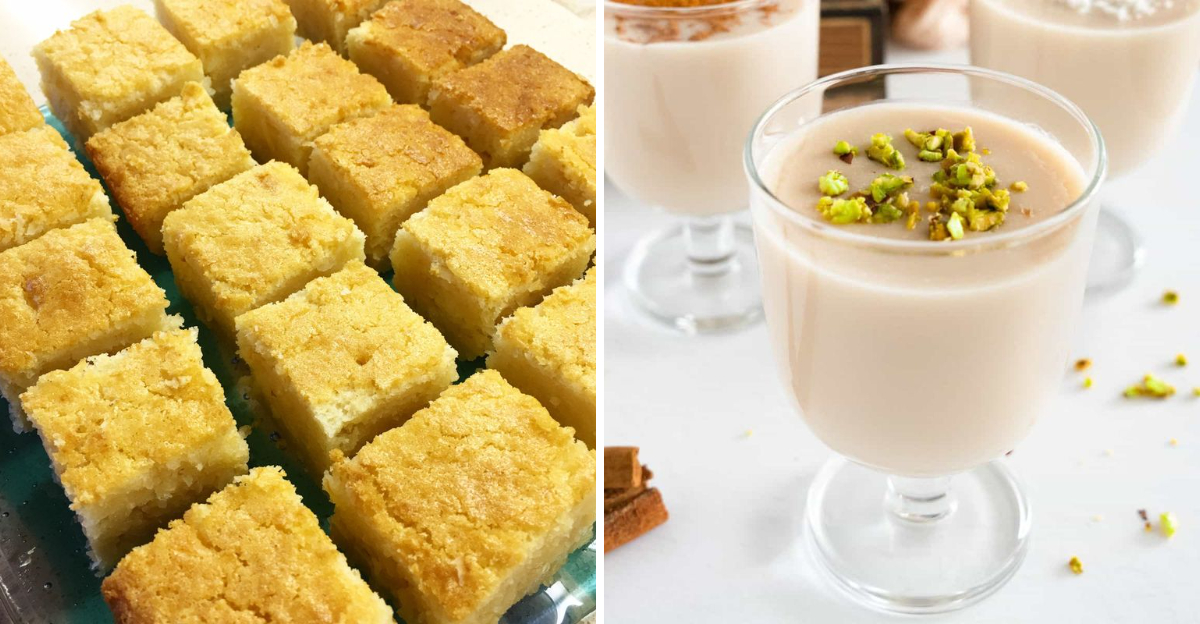
Food connects us across borders and cultures in versatile ways. When we taste dishes from other countries, we get to experience their traditions and history through the cuisines. Cakes and drinks from around the world offer some of the most exciting flavor adventures, combining local ingredients with time-honored techniques that tell stories of faraway places. These experiences can be simple yet meaningful, bringing a quiet sense of connection and curiosity. With every bite or sip, there’s a gentle invitation to explore and appreciate the comforting richness of global traditions.
1. Matcha Chiffon Cake from Japan
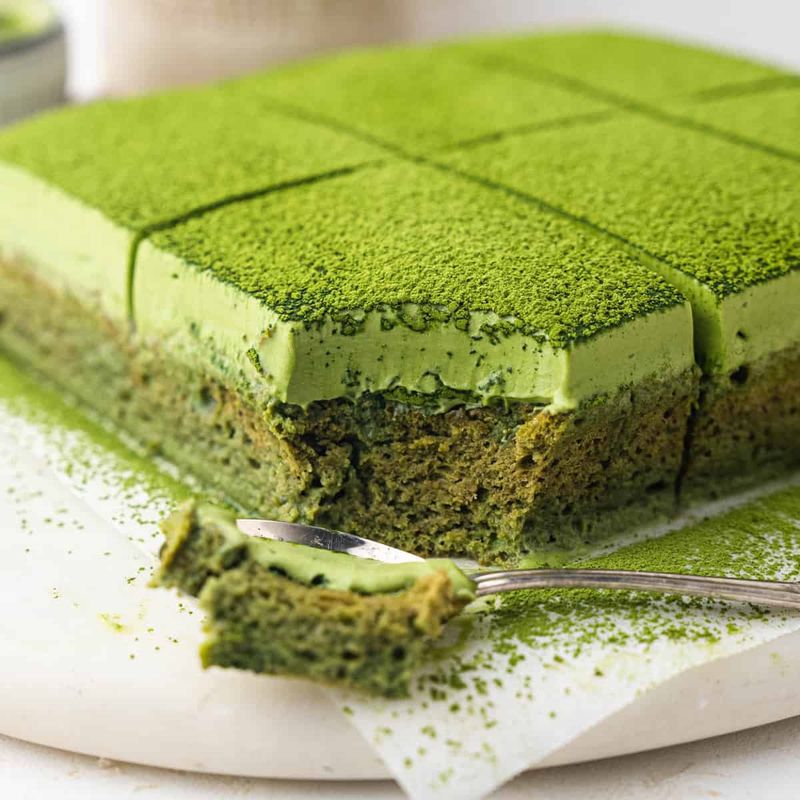
Bright green and fluffy, matcha chiffon cake showcases the earthy flavor of powdered green tea leaves. The light texture comes from whipped egg whites that get carefully folded into the batter. Each bite offers a subtle sweetness balanced with matcha’s slight bitterness. Many Japanese bakeries serve this cake alongside afternoon tea, making it a staple in their food culture. The color occurs naturally from the tea powder, requiring no artificial coloring. Health-conscious eaters appreciate that matcha contains antioxidants and provides a gentle energy boost without the jitters of coffee.
2. Tres Leches Cake from Mexico
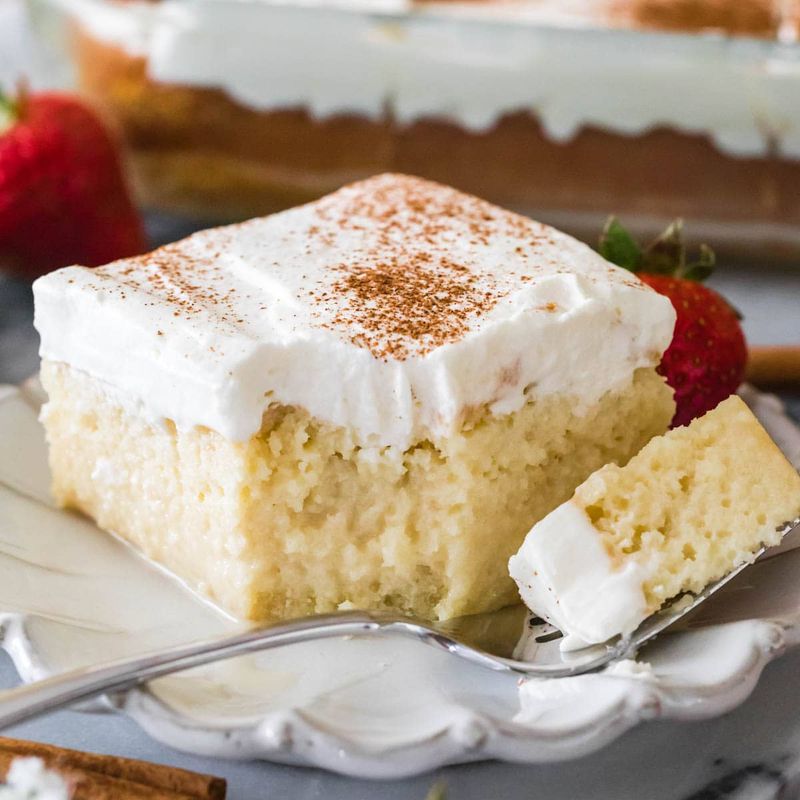
Soaked to moistness, tres leches cake absorbs a rich mixture of three different milks: evaporated milk, condensed milk, and heavy cream. The result is a cake so moist it almost melts when you eating it while somehow maintaining its structure. Mexican families often enjoy this treat at gatherings. The cake’s origin story traces back to milk company promotions in the early 20th century, when recipes were printed on can labels to boost sales. Topped with a light whipped cream frosting instead of heavy buttercream, tres leches offers the right balance between sweetness and creaminess without overwhelming your taste.
3. Baklava Cake from Turkey
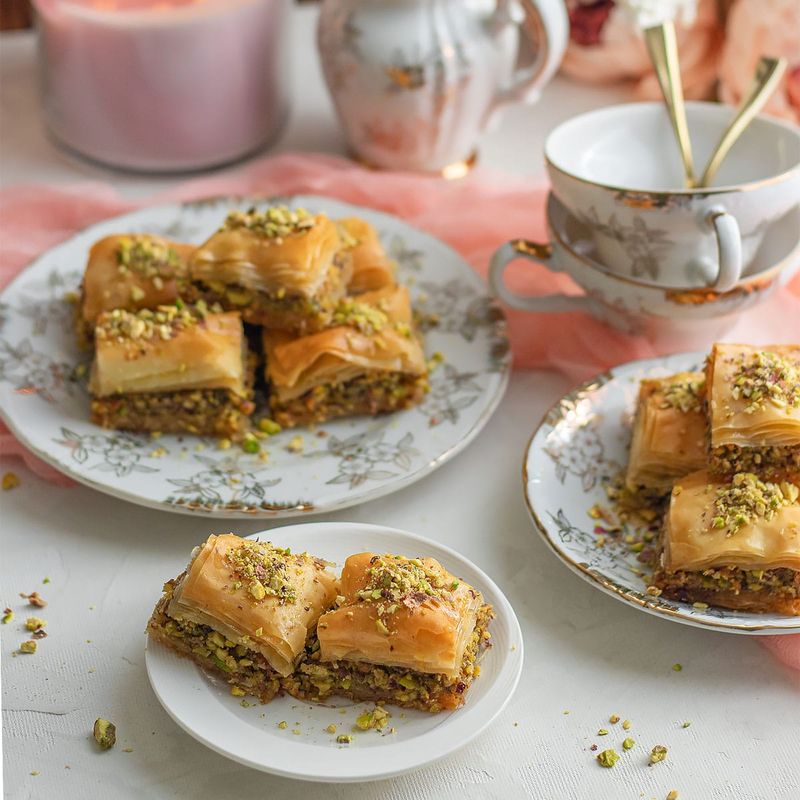
Layers upon layers define this honey-soaked treat that changes the traditional Turkish pastry into cake form. Thin sheets of pastry alternate with chopped pistachios and walnuts, then receive a generous drizzle of honey syrup that soaks through every layer. Turkish families have prepared variations of baklava for centuries, with recipes passed down through generations. The combination of nuts and honey reflects ingredients readily available in the Mediterranean region. What makes this cake version different its taller profile and slightly softer texture than classic baklava. The familiar flavors remain intact while offering a more substantial dessert experience that pairs with strong Turkish coffee.
4. Mango Sticky Rice Cake from Thailand
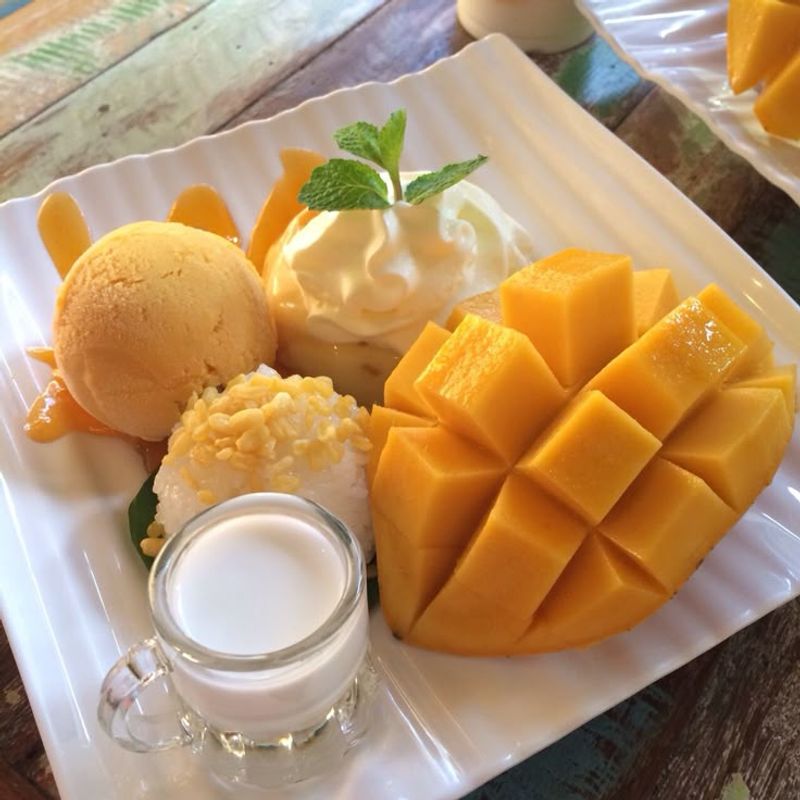
Changing Thailand’s street food into cake form, this dessert layers glutinous rice with fresh mango and coconut cream. The sticky rice gets cooked with coconut milk until tender, then pressed into cake-like layers.
Fresh mango slices add tropical brightness between each layer. The whole dessert gets a generous pour of sweetened coconut sauce that seeps into every grain of rice. Street vendors throughout Thailand sell the traditional version in small plastic bags, but this cake adaptation makes for an table centerpiece at gatherings. The contrast between the warm, sticky rice and cool, juicy mango adds a temperature and texture experience.
5. Basbousa Semolina Cake from Egypt
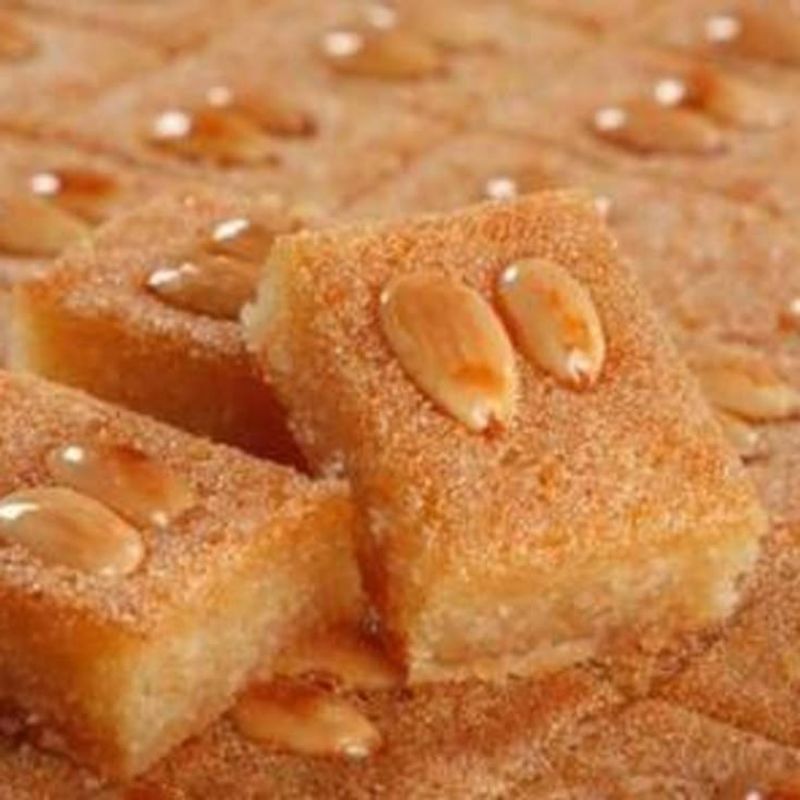
Golden and syrup-soaked, this Middle Eastern treat showcases the grainy texture of semolina flour. Egyptians have enjoyed this sweet cake for generations, especially during different occasions when it appears on tables for evening meals. The cake batter mixes semolina with yogurt and coconut, adding a satisfying dense texture. After baking until golden, a generous pour of orange blossom or rose water syrup changes the cake into something unusual moist. Whole almonds pressed into the top before baking become both decoration and added texture. Many Egyptian families have their own variations, sometimes adding lemon zest or cinnamon to the batter for subtle flavor differences that make each family recipe distinct.
6. Dulce de Leche Torta from Argentina

Layers of thin pancakes called ‘panqueques’ stack up with generous spreads of caramelized milk between them in this Argentinian favorite. The dulce de leche filling—made by slowly cooking sweetened milk until it changes into a rich caramel—gives this cake its signature flavor. Argentinians often prepare this cake for weekend family gatherings. The contrast between the soft pancake layers and the sticky, sweet filling creates an interesting textural experience. Some bakers add a touch of coffee to the dulce de leche or sprinkle chopped hazelnuts between layers for more flavor. A light dusting of powdered sugar on top finishes this simple yet indulgent dessert that showcases Argentina’s love affair with dulce de leche.
7. Masala Chai from India

Fragrant spices simmer with black tea leaves in this warming beverage that has become India’s national drink. Cardamom pods, cinnamon sticks, cloves, and ginger root infuse the tea with complex flavors that have been enjoyed for thousands of years. Indian households prepare chai multiple times daily, often serving it to guests as a welcome offering. The preparation involves boiling the tea and spices directly in milk and water, unlike Western methods of brewing tea separately. Street vendors called chaiwallas sell this drink from small stalls throughout India, pouring it dramatically between cups from height to cool it down. The resulting frothy tea delivers comfort through both its aromatic scent and balanced spicy-sweet flavor profile.
8. Sahlab from Middle East
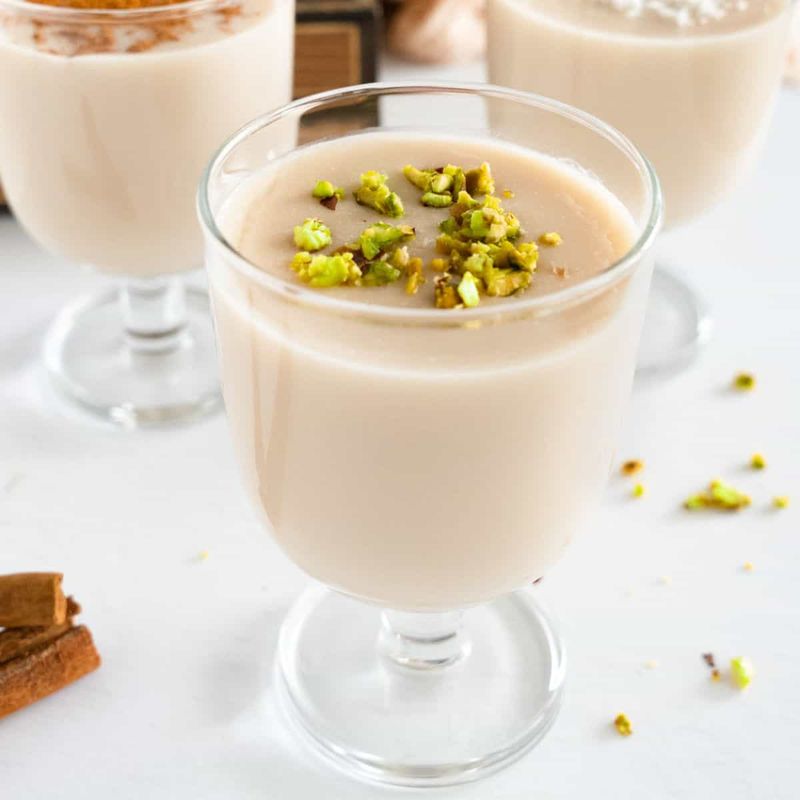
Thick and creamy, this Middle Eastern hot drink provides warmth during cooler months. Made from milk thickened with sahlab powder (ground orchid root), the drink has a floral and pudding-like consistency. Street vendors throughout Egypt, Lebanon, and Turkey sell this comforting beverage during winter. They garnish each serving with chopped pistachios, shredded coconut, and a sprinkle of cinnamon that melts into the steaming surface. Historians trace sahlab back to Ottoman Empire times when it was valued for its supposed medicinal qualities. Today families enjoy it as an alternative to hot chocolate, appreciating its silky texture and subtle sweetness that doesn’t effect the palate like other dessert drinks might.
9. Mochi Cake from Hawaii

Chewy combines with soft in this dessert that blends Japanese rice flour traditions with Western cake techniques. The glutinous rice flour gives the cake its distinctive bouncy texture that feels somewhere between mochi candy and traditional cake. Hawaiian bakers often add tropical flavors like coconut, mango, or guava to complement the slightly sweet base. The cake bakes up with a crispy exterior that gives way to that chewy center. This dessert emerged from Hawaii’s multicultural community, where Japanese immigrants adapted their traditional mochi-making techniques to local ingredients and preferences. Now found at family gatherings and potlucks across the islands, mochi cake represents how food evolves when cultures meet and share their culinary knowledge.
10. Taro Bubble Tea from Taiwan
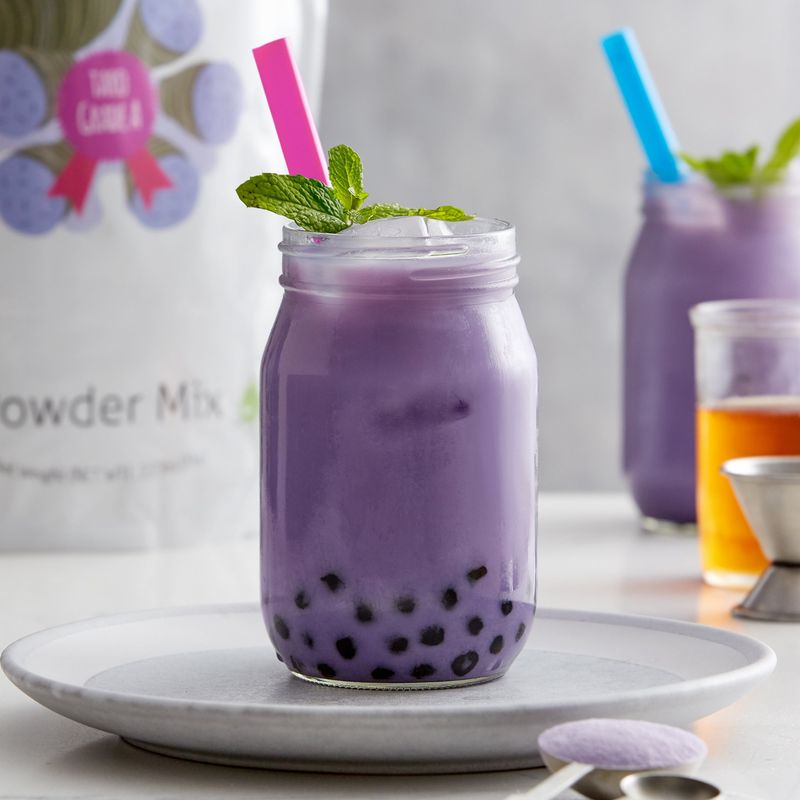
Purple-tinted and playfully dotted with chewy tapioca pearls, taro bubble tea offers both a beverage and snack in one cup. The base combines milk with taro root powder, making a subtly sweet drink with nutty, vanilla-like nuances that many compare to cookies and cream. Taiwanese tea shops pioneered this drink in the 1980s, but its popularity has spread worldwide. The signature wide straw allows drinkers to slurp up the bouncy tapioca pearls along with sips of the creamy tea. Making authentic taro bubble tea involves cooking the tapioca pearls until they reach just the right consistency—soft with a slight resistance. Some shops also offer alternatives like grass jelly or fruit jellies instead of tapioca for different textural experiences.
11. Sohan Asali Honey Cake from Iran

Glistening with honey and studded with pistachios, this Iranian confection falls somewhere between brittle and cake. The base combines wheat flour, honey, and rose water into a rich mixture that gets cooked until it forms a chewy, caramel-like texture. Iranian families prepare sohan asali for important gatherings. The combination of honey’s sweetness with the nutty crunch of pistachios creates an appealing contrast of textures. Saffron threads sometimes appear in traditional recipes, adding their distinctive floral fragrance and golden color. The finished sweet typically comes cut into diamond shapes and wrapped in colorful paper, making it a popular gift during different occasions and a staple in Iranian sweet shops.
12. Date Coffee from Saudi Arabia
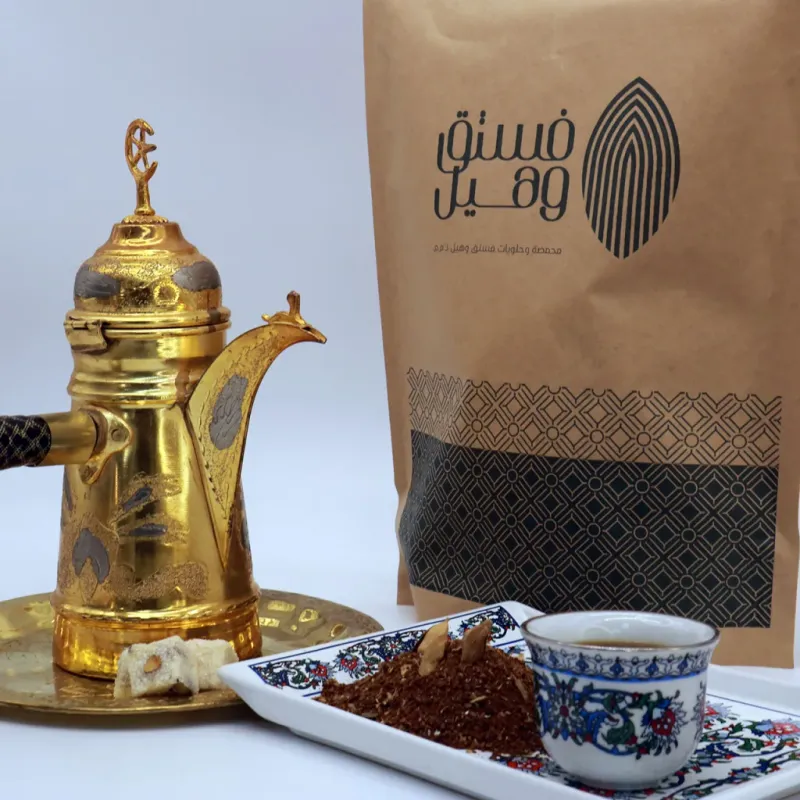
Rich and naturally sweetened, Arabic date coffee combines freshly brewed coffee with the caramel of dates. Saudi households serve this beverage as a sign of hospitality, often accompanying it with more dates and nuts for guests. The preparation involves brewing strong Arabic coffee with cardamom, then blending in date paste or syrup. No additional sugar is needed as the dates provide natural sweetness that balances coffee’s bitterness. Serving date coffee follows traditional customs in many Gulf countries. The host pours just a small amount into tiny cups, with refills offered frequently as a sign of generosity. This centuries-old practice remains important in social gatherings, business meetings, and different family occasions throughout the Arabian Peninsula.
